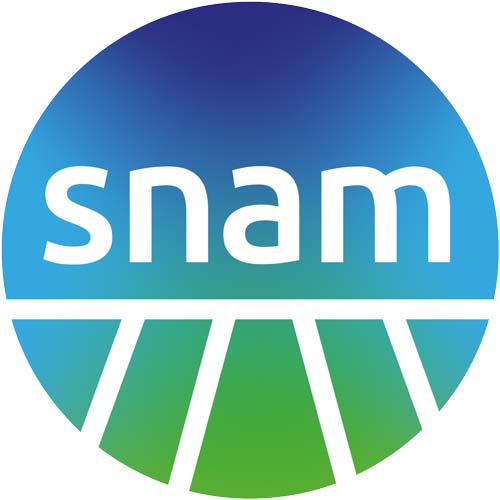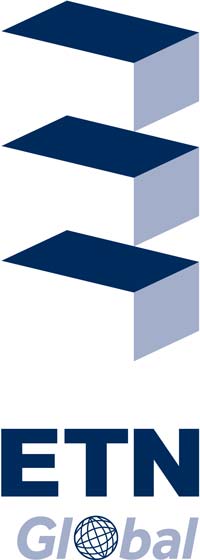


SINTEF Energy Research is an institute for applied research dedicated to create innovative energy solutions. We offer cutting-edge knowledge in Norway and internationally based on research that provides added-value solutions and services for our clients.
SINTEF Energy Research is part of the SINTEF Group, which is one of Europe’s largest independent contract research organisations. SINTEF is an independent, not-for-profit organisation. None of its owners receive any form of dividend. Profits are invested in scientific equipment, skills, and expertise.
SINTEF is the coordinator and manager of this Innovation Action and is thus involved in all work packages. SINTEF is leading WP1 (Project management), WP2 (DLE H₂ system modelling) and Task 4.3 (Risk assessment and risk management).


Baker Hughes is an energy technology company with a diverse portfolio of equipment and service capabilities spanning the energy and industrial value chain. The HyPowerGT project will be developed within the BH segment called “Industrial & Energy Technology (IET) which combines a broad range of industry expertise, technologies and services for industrial and energy customers
Baker Hughes is the leader of WP3 (System prototype demonstration at TRL7), which implies responsibility for the maturing of the DLE H₂ combustion system via refinement and testing through TRL6 and subsequent integration with a full-size system prototype aimed at achieving TRL7. Baker Hughes is also responsible for Task 2.3 on (Assessment of combustion system stability and the composition of exhaust gases), Task 5.3 on (Life cycle sustainability analyses), Task 5.4 on (Simulation of H₂ gas turbine equipped for cogeneration), and Task 5.5 (Simulation of retrofitting DLE H₂ technology on exhisting industrial NG-CHP plant). In addition, and to varying extent, Baker Hughes is involved in all six work packages.
LUCART is an industrial player and operator of a CHP plant integrated in a tissue paper production facility.
LUCART is the leader of Task 5.2 (Hydrogen techno-economic analyses). LUCART is also involved in WP3 (System prototype demonstration at TRL7), WP4 (Safety management and risk assessment), and WP6 (Communication, dissemination, and exploitation).
CERFACS is a French research organisation and a major knowledge provider and developer of advanced methods for numerical simulation and algorithmic solutions of large scientific and technological problems in research and industry.
CERFACS is the leader of Task 4.2 (De-risking simulations of H₂-operated gas-turbine engines) and will carry out a comprehensive risk assessment of the H₂ gas-turbine system.
ZHAW is a Swiss University focussing on applied sciences.
ZHAW is a knowledge provider and an associated partner and the leader of Task 2.2. (Hydrogen-flames thermoacoustic response from atmospheric to high pressure). ZHAW is also involved in WP3 (System prototype demonstration at TLR7).
TotalEnergies OneTech is a subsidiary of a major French multi-energy company, TotalEnergies, and an associated partner in the project.
TotalEnergies OneTech will contribute financial support additional to the European and Swiss grants to improve the quality and impact of the project and have a seat in the Executive Board, however, without being part of the Grant Agreement.


SNAM is a leading Italian transmission system operator (TSO) with 41,000 km of gas pipe lines.
SNAM is the leader of WP5 (Impact assessment, retrofitting, roadmapping, and techno-economic analyses) and is in charge of the roadmap to be developed in Task 5.1 (Roadmapping) and is involved in WP4 (Safety management and risk assessment).


ETN is a non-profit membership association, which brings together the entire value chain of turbomachinery technology worldwide.
ETN addresses the main challenges and concerns of gas turbine (GT) users in committees and individual projects, composed of experts across the entire value chain: power generation and oil & gas companies, OEMs, R&D institutes, suppliers, service providers and technology consultancies.
ETN is the leader for WP6 (Communication, dissemination, and exploitation).


Equinor is a Norwegian state-owned multinational energy company headquartered in Stavanger, Norway, and an associated partner in the project.
Equinor will contribute financial support additional to the European and Swiss grants to improve the quality and impact of the project and have a seat in the Executive Board, however, without being part of the Grant Agreement.